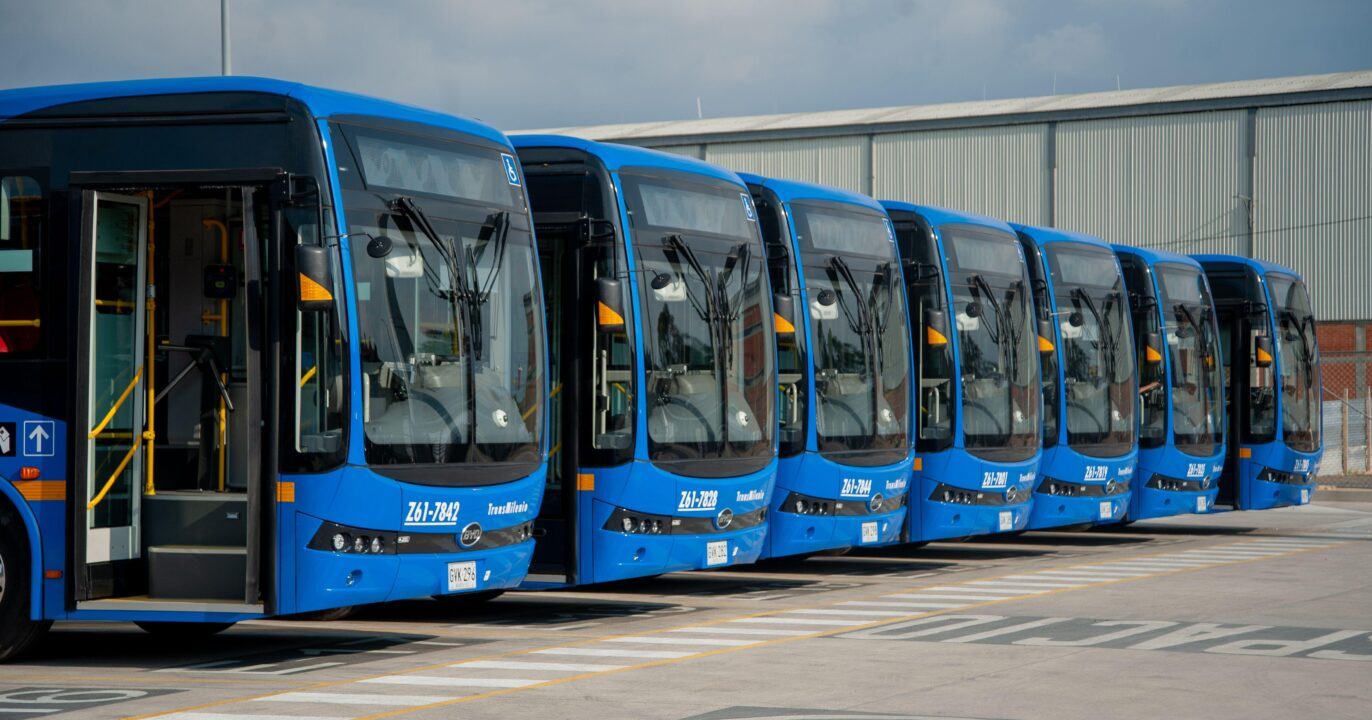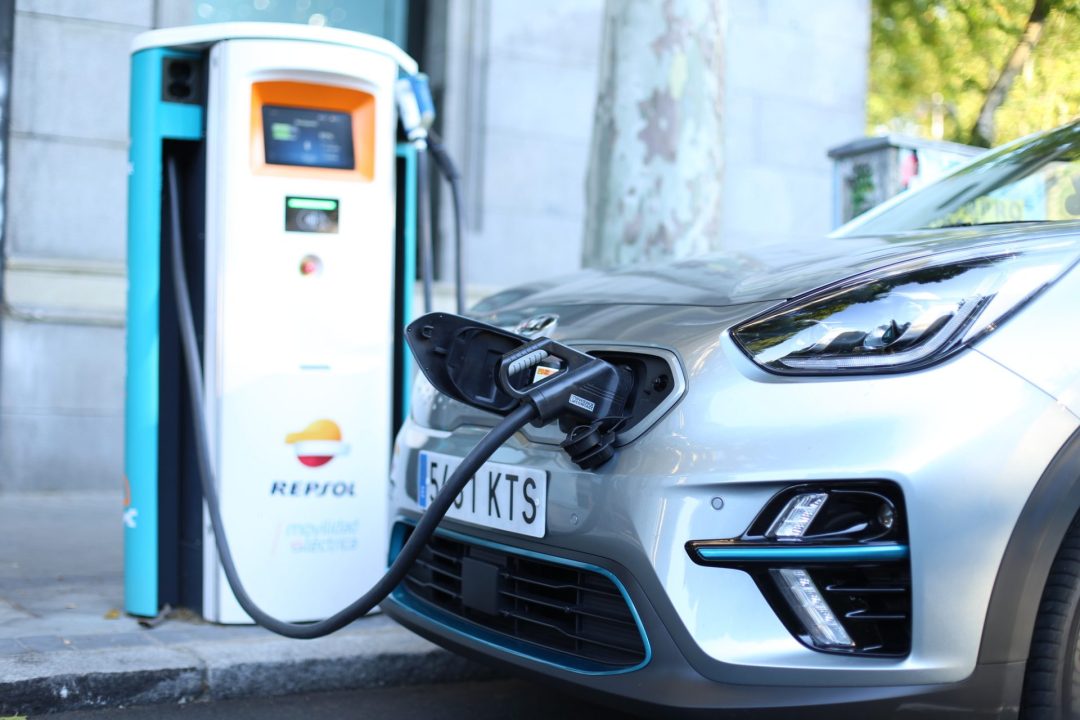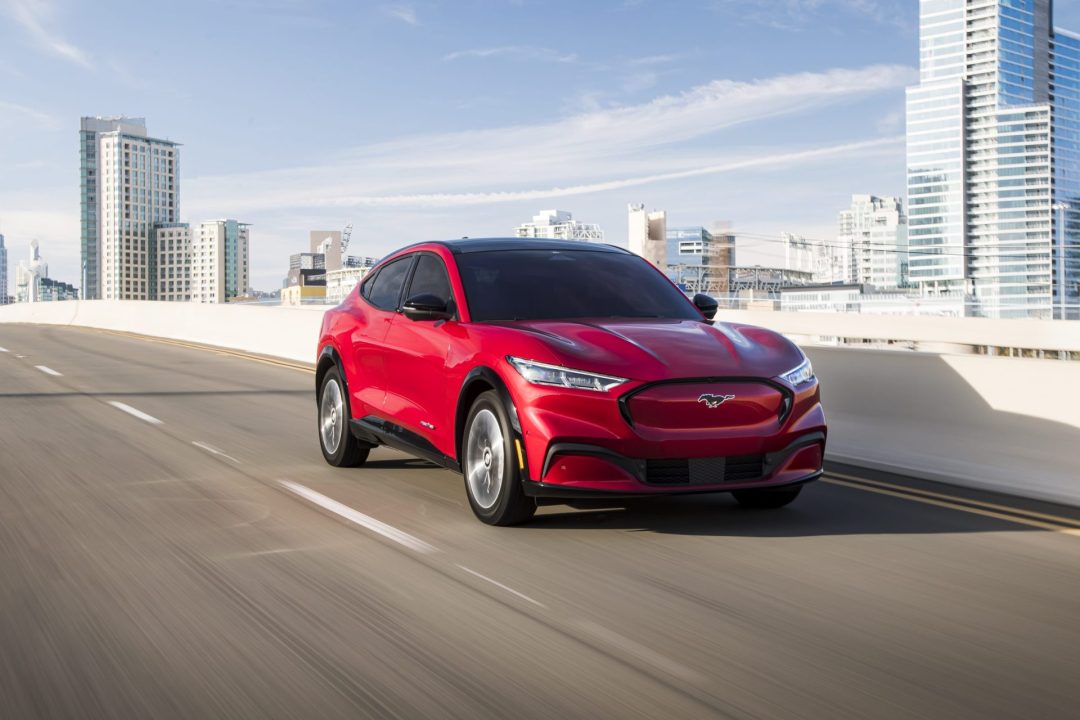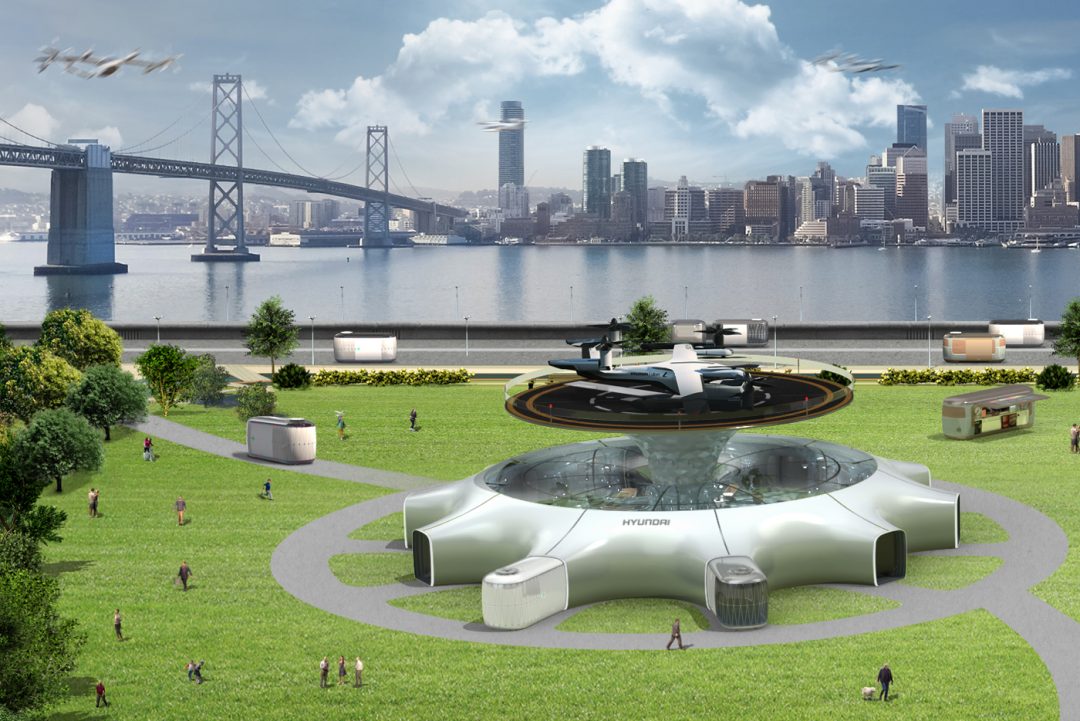Bogotá leads Colombia’s Shift to Electric Vehicles
With the entry of 406 new electric buses into Bogotá’s public transport system, the city’s fleet reached 1,061 vehicles, and thus crowned the capital as the city with the largest electric bus network in the world outside of China.

In April 2022, Colombia reached an important milestone in the country’s race towards electrifying its transport sector. With the entry of 406 new electric buses into Bogotá’s public transport system, the city’s fleet reached 1,061 vehicles, and thus crowned the capital as the city with the largest electric bus network in the world outside of China – a position previously held by Santiago, Chile
According to the city’s mobility secretary, Felipe Ramírez, an additional 424 vehicles will arrive later this year, with this wave of new buses consolidating Colombia’s position as a leader on electrification in Latin America.
Since 2018, the country has recorded the highest number of battery electric vehicle sales in Latin America, with a total of 5,025 units across consumer, public transport and commercial fleets, according to reports from Colombia’s National Association for Sustainable Mobility (Andemos).
Uptake of EVs is also accelerating: figures from the National Association of Colombian Businessmen (ANDI) report that 1,104 electric vehicles were sold in the first quarter of this year, 232% more than in the same period last year.
By the end of April, a total of 7,782 electric vehicles had been registered across Colombia in the Single National Traffic Registry (RUNT), the system that keeps track of the country’s vehicle sector.
These latest statistics may not sound significant when compared to the size of the entire Colombian vehicle fleet, which numbers more than 6.7 million, not including motorbikes. However, they are far exceeding the expectations of the national government, which had targeted reaching 6,600 RUNT-registered electric vehicles by the end of August this year.
This progress follows broader trends in Latin America: in 2022 alone, electric vehicle registrations in the region increased by 63.3% on the previous year, according to Andemos. In Colombia, a series of tax and mobility incentives have helped to drive this growth, schemes that analysts urge the country to continue with in order to cement its position as a regional leader in the transition to sustainable transport.

The road travelled for electric vehicles
In chronically congested Bogotá, pressure for better air quality has from the outset been one of the main drivers of a shift to electricrification. According to Ramírez, “the political decision [to promote electrification] was born out of an understanding of the global situation in terms of climate change and particulate matter.”
Bogotá was one of the first cities in Latin America to propose a transition to clean energy in its transportation system, with the Technology Upgrade Plan presented by the Mayor’s Office in 2013. The plan paved the way primarily for hybrid technologies. However, the road since has been bumpy, and the city’s first all-electric bus only arrived at the end of 2019.
That year was a turning point: the national government enacted Law 1964 on the promotion of electric vehicles, which established public policy guidelines and the regulatory elements necessary for the transition, Colombian transport minister Ángela María Orozco told Diálogo Chino.
The law proposed tax benefits for electric vehicles and their owners, such as discounts of 10% on the compulsory traffic accident insurance (SOAT), and 30% on compulsory technical inspections. It also put a limit on the annual road tax: this usually reaches up to 3% of a vehicle’s value for those with conventional engines, but was kept to 1% for electric vehicles. In addition, electric vehicles are exempted from certain vehicle restrictions that currently exist in some Colombian cities to regulate traffic. There is also a zero-tariff policy for their import, for which the regular rate is 35%.
“Thanks to this strategy, we managed to exceed the goal we set in the National Development Plan of having 6,600 electric vehicles registered in the RUNT by August 2022. What we currently have [7,782] is triple what we began with, and what had been done from 2010 to 2018,” Orozco told Diálogo Chino.
Chinese entrepreneurs have developed the technology very fast, and are the most competitive
Between 2019 and 2020, 1,485 electric buses were tendered for in Bogotá, accounting for those already in circulation and those committed. These tenders were awarded to the Chinese company BYD. In just under three years, the city’s electric buses now make up 9.9% of its total public transport fleet, according to information from the Secretariat of Mobility of Bogotá provided to Diálogo Chino.
“The energy consumption of light vehicles is very low compared to buses. A car moves an average of 40 kilometres a day, while a bus moves between 250 and 300 kilometres a day,” said Darío Hidalgo, professor of transport and logistics at the Javeriana University in Bogotá. He emphasises the need to further strengthen the electrification of public transport as a key element of the energy transition.
Beyond Bogotá, the cities of Medellín and Cali have upped their electric fleets, adding 69 and 36 electric buses to their respective public transportation systems, also all supplied by BYD.
According to transport minister Orozco, around 90% of electric buses and trucks in Colombia come from Chinese companies. Accounting for all electric vehicles, including private cars, she reports that the share of Chinese-made vehicles is around 30%. These numbers evidence the key role that China and its manufacturers have to play in the switch towards cleaner transport.
“We have also benefited from Chinese public policy aimed at developing electric vehicles over the last two five-year periods,” Hidalgo said, referring to China’s 12th and 13th Five-Year Plans. “Chinese entrepreneurs have developed the technology very fast, and are definitely the most competitive.”
Achievable goals
As Colombia has taken its first steps on the road to sustainable transport, ambitious goals have been set by both the national government, with its Nationally Determined Contribution (NDC) to the Paris climate agreement, and the Mayor’s Office of Bogotá, which this month presented new targets in its public policy on Zero and Low Emission Mobility 2023–2040.
In the NDC, the national government pledged to reduce greenhouse gas (GHG) emissions by 51% by 2030, and to achieve carbon neutrality by 2050. Transport will play an important role: though the sector contributes 11% of the country’s CO2 emissions, according to data from the ANIF Center for Economic Studies seen by Diálogo Chino, it consumes more energy than any other sector, accounting for almost 40% of use.

The low-emission mobility strategy laid out in Law 1964 therefore promises to help achieve better efficiency, and should contribute to an expected annual reduction of 5.6 million tons of CO2. The target for 2030 is to reach 600,000 electric vehicles registered nationally in the RUNT – a tall order, given it needs to multiply the size of the current fleet by 76 times in eight years.
“We feel confident [of achieving the goal],” minister Orozco stressed, “because we have made specific commitments: we are not only laying the foundations but also the legal and regulatory instruments already established and adopted.”
Even Darío Hidalgo believes that if the growth of the last two years is maintained, “the goal would be achieved in 2028”.
By 2022, 1,000 more electric buses and 300 articulated buses – more commonly known as a “bendy buses” – were expected to be put out to tender for Bogotá’s network, but these plans were postponed due to the pandemic, Ramírez told Diálogo Chino. However, Bogotá is also proposing ambitious goals. By 2024, the mobility secretary explained, they aim to have 6,500 zero- and low-emission buses running in the city, and 20 electric fast-charging stations. Currently, the city has 50 electric chargers for public use, but only five of these are fast-chargers.
It should be noted that a recent law approved by the Bogotá council, Agreement 127 of 2021, requires that from 2022 onwards all buses purchased must be electric, unless the tender is unsuccessful. By 2036, it is intended that 100% of the bus fleet will be low or zero-emissions, and that 100% of cargo transport in the city’s fleet, as well as school transport and sales of motorbikes and private vehicles, will also be zero or low-emissions.
Major projects are coming up for the city, such as the expansion of six roads dedicated to public transport, and the construction of the city’s long-awaited first metro line, which is being built by two Chinese companies, China Harbour Engineering Company (CHEC) and Xi’an Metro Company.
Elsewhere, the Regiotram de Occidente will connect Bogotá with nearby municipalities and is being built by China Civil Engineering Construction; it will reportedly use clean energy. If these projects proceed smoothly, Colombia could continue to consolidate its position as one of the region’s leaders in sustainable transport.
Source: Dialogochino.net | @Navilo









